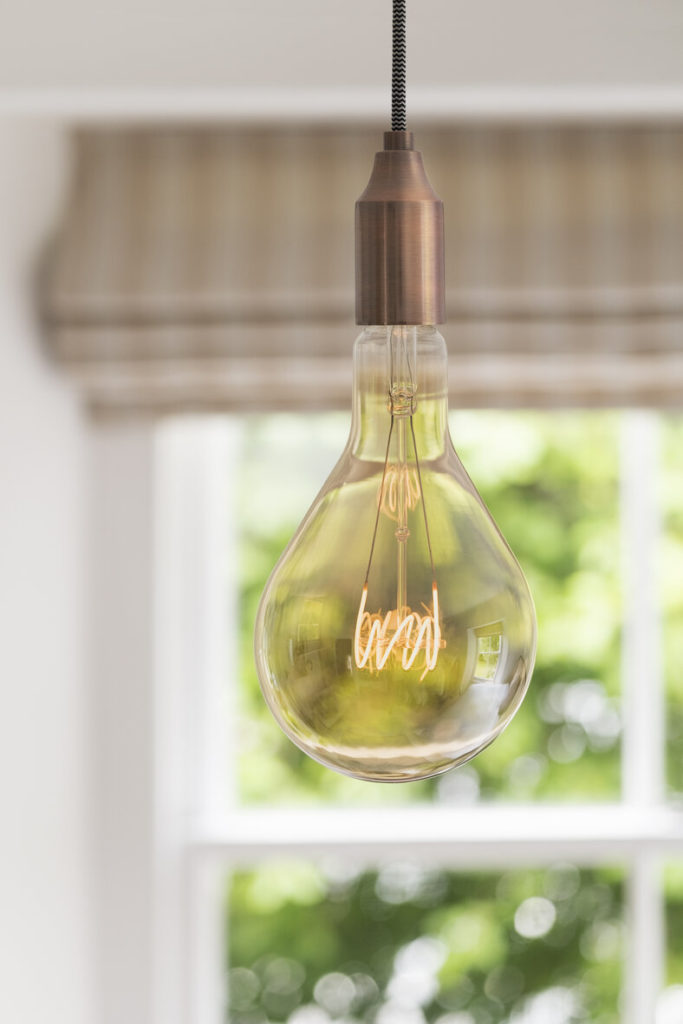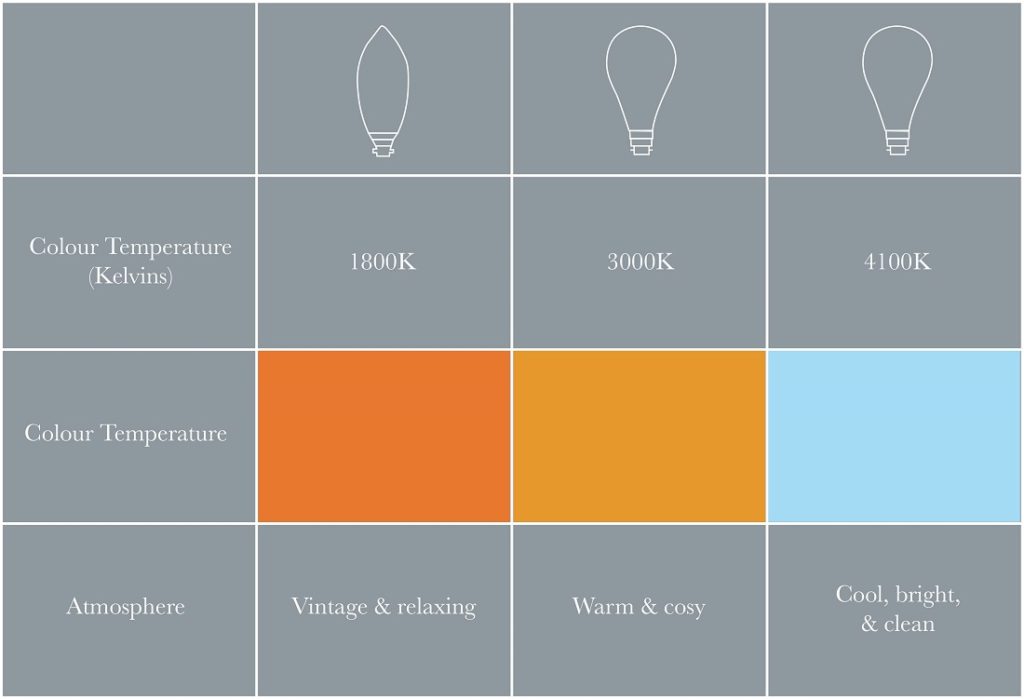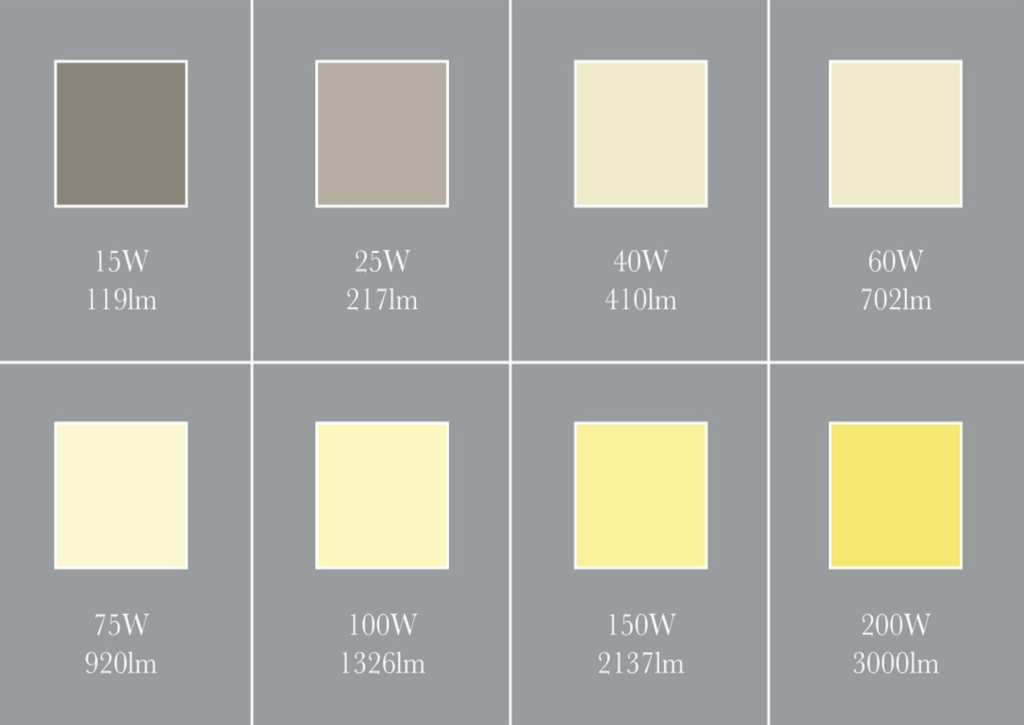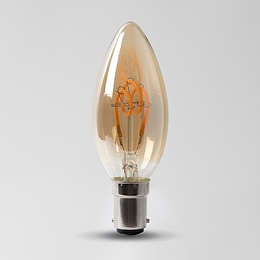Kelvins Vs Lumens
Kelvins Vs Lumens

Choosing the right light bulbs for your fittings is integral to getting the most out of the fixture. Whilst also enhancing and helping to guide your interiors from room to room.
There's more to a bulb than just 'how bright it is'. We have considered lumens vs lux before as important indicators in choosing bulbs, but what about kelvins?
Kelvins are one of the most important vitals of a bulb that tell us what type of light, and ambience the bulb will create. We take a look at both kelvins and lumens of light bulbs and how to compare the two.
What Are Kelvins?
Kelvins are the unit of measurement for colour temperature. Colour temperature is the way to describe the appearance of the light which is emitted by the bulb. It might also be used as a way to ascertain what ambience is created by that level of light. Kelvins or (K) or measured from 1,000 to 10,000.
Choosing the right colour temperature is paramount to ensuring you achieve the desired level of lighting and ambience for your home. Each colour temperature has an effect on the colour of the light, and ambience it creates.
Below you can see the 3 different colour temperatures demonstrated, their kelvin measurement, their colour temperature and the atmosphere it creates.

What Are The Different Colour Temperatures (kelvins)?
1800K - at the lowest end of the spectrum 1800k creates a very warm and orangey colour temperature. Perfect for creating a vintage and relaxing ambience. Warm light bulbs are best suited to living rooms or rooms designed for relaxation.
3000k - For a warm and cosy atmosphere, 3000k is the perfect colour temperature for you. Warm white bulbs cover between 2000K - 3000K and have a warm inviting glow, suitable for bedrooms, bathrooms, dining rooms and living rooms.
4100k - this is the closest colour temperature to daylight. Cool white bulbs range from 3100 - 4500K and give off a bluey whiter, brighter light. Suitable for situations and places in which good visibility is needed. It works well in the kitchen, as you'll be able to clearly see the colour of your food. It's also great for garages and workspaces too.
What Are Lumens?
Lumens are arguably one of the most important measurements to look for when choosing light bulbs. They measure the amount of light emitted by the bulb. In simpler terms, how bright the light bulb is going to be.
The higher the lumens, the brighter the light is going to be. The chart below demonstrates the colour a light will emit in comparison to its lumen rating.

Kelvins vs Lumens
When it comes to kelvins and lumens they are both incredibly important measurements which should be considered before choosing bulbs.
Kelvins help us to understand and pick the right type of colour lighting for our home, whereas the lumens tell us how bright the light being emitted is going to be.
Lumens help us to work out how many light bulbs will be needed to adequately light a room, based on the amount of light each bulb emits. There are many calculations that can be done to work this out. This is really important if you are planning your lighting design from scratch.
Use both kelvins and lumens when you are next choosing your bulbs to help create the desired amount of light and ambience in your room. This information is readily available on the packaging of bulbs for your perusal.
[related_products is_auto_added="1"]




